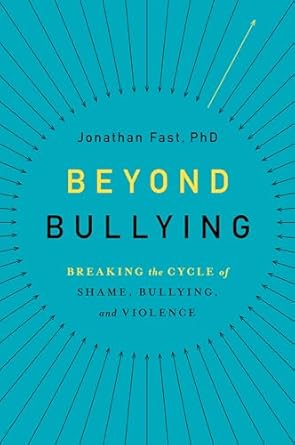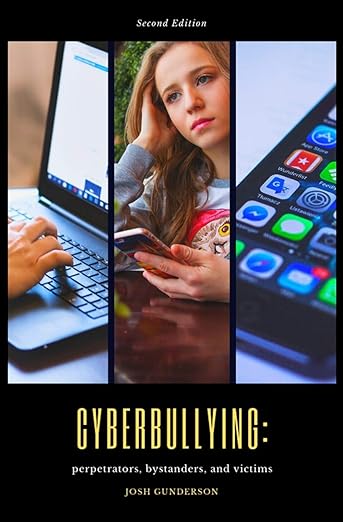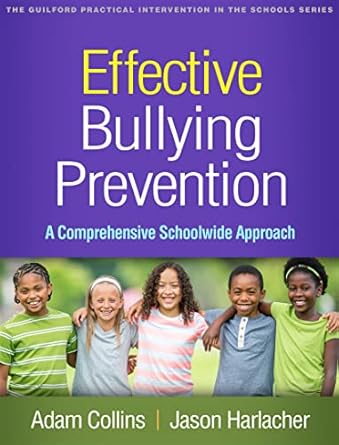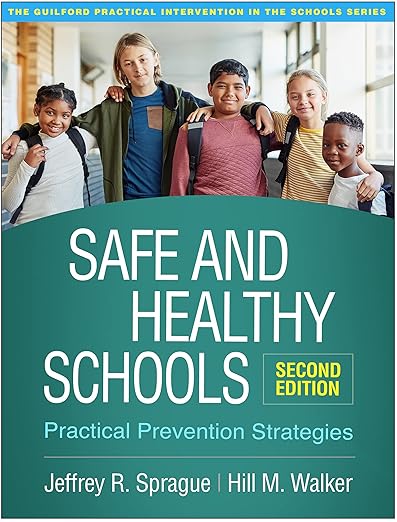Bullying
Bullying behavior is not just a phase that children go through—it is a serious problem that can happen anywhere, in schools, online, even at work.
Bullying occurs when a person or group of people repeatedly try to harm someone perceived to be “weaker” or “different.” It can take many forms, including:
- Verbal: Name-calling, teasing
- Social: Excluding someone, spreading rumors, breaking off friendships
- Physical: Hitting, shoving, punching, etc.
- Cyberbullying: Using various forms of digital technology to hurt others
From Our Collection
How to Take Action Against Bullying Behavior:
- Help the victim develop strategies for handling bullies
- Document incidents of bullying
- Report bullying to school officials or workplace supervisors/human resources staff
- Seek advice from counselors, health professionals, or Employee Assistance Programs
Sources: Stopbullying.gov and Centers for Disease Control and Prevention
Research & Data
Screening Tools
Apps
ReThink - Stops Cyberbullying
An award-winning, innovative, non-intrusive, patented technology that effectively detects and stops online hate before the damage is done.
Curricula & Lesson Plans
- All IN
From Pacer's National Bullying Prevention Resource Center
- Bullying Awareness Lesson Plan: Grades K-3
From California State University Sacramento
- Cyberbullying, Digital Drama & Hate Speech
From Common Sense Media
- Lesson Plan: Bullying Education Resources
From PBS
- Lesson Plans to Prevent Bias-Based Bullying
From HRC Foundation’s Welcoming Schools
Fact Sheets
Videos
Podcasts
Trainings
- Bullying Prevention Through Empathy Webinar (South Southwest MHTTC)
Communities of Courage (National School Climate Center) - Cyberstalking and Cyberbullying Among Teens (Office for Victims of Crime)
K12 Bullying Prevention Webinar Series: Cyberbullying 101 - Lessons from the Field: Preventing and Intervening in Identity-Based Bullying (Best Practices Clearinghouse)
- Promising Strategies to Prevent Student Harassment and Bullying Behavior (Center for Safe Supportive Learning Environments)




